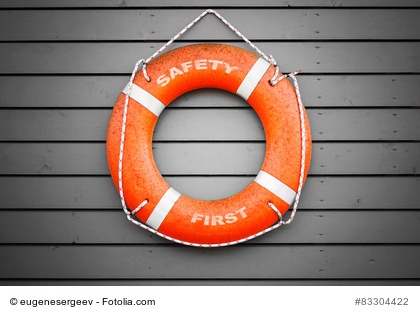
If your company?s IP is infringed by Chinese counterfeits, both revenue and reputation might be in serious danger. But how should you react in this situation? To help you shed light on what might only be an uncertain guess until now, we have listed 8 striking clues. We also provide some first aid tips on how to take action against Chinese piracy.
8 Clues Which Point to Counterfeiting of Your Patent, Trademark or Design
There are several indications for a violation of your intellectual property in China. According to our experience, the most common indications are:
- There is a sudden, unexplained loss of your product?s market share, in particular for exports
- There are several customers complaining about the product?s poor quality
- Your distribution partner is reporting on problems and plagiarism
- An increasing amount of new competitors are participating in trade fairs
- Competitors with the same product line are reporting on plagiarism
- There are new advertisements for products which match yours
- Customers say they know other providers who sell your product for a cheaper price
- Your company name was registered and is used by a third party
First Aid for Victims of Chinese Counterfeiting
If your innovation hasn?t been registered before counterfeiting takes place, it is very difficult to take legal proceedings. Therefore we recommend the following:
Catch up the application
Gather information about the countries which are relevant for your protection strategy. Be up to date about new ways to obtain property rights for your product. Start the research in the country where counterfeits are produced and sold.
Record the infringement and monitor your supply chain
Collect evidence to prove the infringement of your intellectual property. Identify the places where counterfeits are produced and sold. Specialized and experienced law firms will assist you.
If your invention is registered in Europe, apply for customs seizures
Customs seizures are a method to fight patent, trademark and design infringing products at an early stage. This method is applicable when IP-infringing products from non-EU countries shall be imported into the EU and the owner wants to sell them or exhibit them at the fair. Learn more about customs seizures in this blogpost: http://blog.legal-patent.com/international-blog/questions-about-customs-seizures-you-need-answered
Benefit from an experienced law firm?s consultancy
Search for a law firm who is experienced with the Chinese market and with protecting IP. By establishing relations with experienced lawyers who are specialized in prosecuting counterfeits you make sure that you get the best possible people to help your company with its challenges.
A Third Party Has Already Registered My Invention. How Could This Happen?
Especially foreign patents and utility models can easier be registered by a third party in China then in other countries.
A new invention / utility model / industrial design according to Chinese law is
- not mentioned in any publication worldwide
- not applied by any other party
- not comparable to other products on the Chinese market, or known by the general public
In case you want to take legal action, there?s the general possibility to challenge an ongoing or completed registration.
Act Fast, but Thoughtfully
To avoid situations like this in the first place, we always recommend pursuing a sustainable strategy for the international protection of your IP. If you forget to make sure your product is protected in all relevant countries, you might really regret it later. And the problem with product and brand piracy from China almost surely won?t decrease in the next few years. So you should definitely do something about it now.


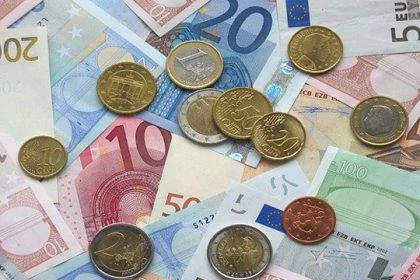
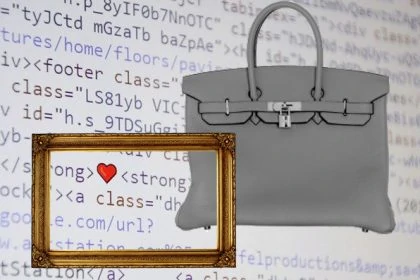

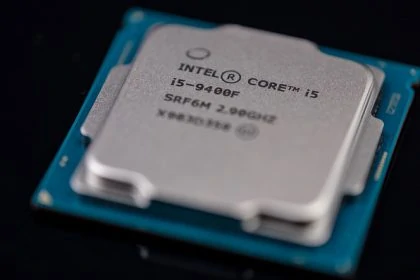
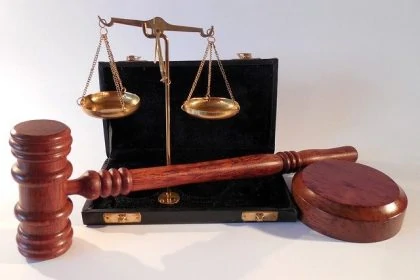

Leave a Reply